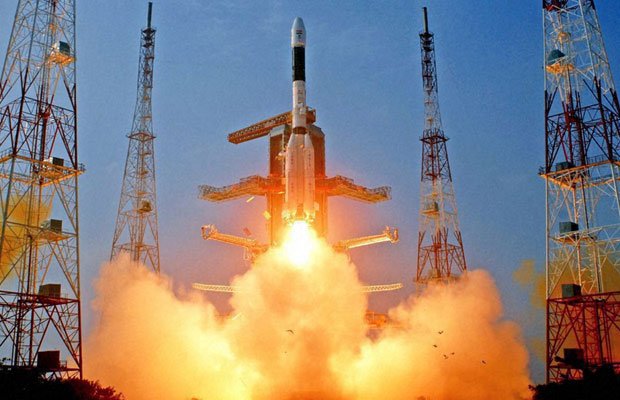 Acknowledging India’s superiority in the Satellite space the Indian Space Research Organisation (Isro) will be working together with UK’s Surrey Satellite Technology Limited (SSLT) to create three Earth observation satellites for China. The satellites will form a new constellation to observe the earth, helping governments predict and cope with natural disasters better. This marks the first time, India and China will be partnering together for joint space exploration.
Acknowledging India’s superiority in the Satellite space the Indian Space Research Organisation (Isro) will be working together with UK’s Surrey Satellite Technology Limited (SSLT) to create three Earth observation satellites for China. The satellites will form a new constellation to observe the earth, helping governments predict and cope with natural disasters better. This marks the first time, India and China will be partnering together for joint space exploration.
Antrix Corporation, ISRO’s commercial wing recently signed an agreement with DMC International Imaging, a group firm of UK-based Surrey Satellite Technology Ltd, to launch three 350-kg DMC-3 disaster monitoring satellites. Antrix also signed another Launch Services Agreement with ST Electronics (Satcom & Sensor Systems) Pte Ltd, Singapore, for launch of TeLEOS-1 Earth Observation Satellite, on-board PSLV. The three satellites are expected to be launched by this year end or early 2015 from Satish Dhawan Space Centre in Sriharikota, South east India. The DMC – 3’s imaging capacity will be leased to Beijing-based Twenty First Century Aerospace Technology Company Limited (21AT) for a period of seven years.
The satellites will be put into orbit by Isro’s Polar Satellite Launch Vehicle, which put into orbit some of India’s most important satellites such as the Chandrayaan-1 and Mars Orbiter Mission.
As part of a deal signed two and a half years ago between Premier Wen Jiabao and Prime Minister David Cameron for approximately 110 million British pounds, the satellites will help quickly record changes in topography which occur after earthquakes, floods or other disasters. Thereby helping rescue teams to analyze the situation in the affected areas and use the most appropriate life-saving equipment as quickly and accurately.
India’s space program has been recently reaching for the stars. Her launch vehicles on active duty include the GSLV (geosynchronous satellite launch vehicle) and the polar satellite launch vehicle (PSLV). The PSLV is four-stage launcher with a carrying capacity of 1.3 tons. It has the ability to carry more than one satellite per launch. By the end of 2013, the PSLV had been launched 25 times, hitting a success rate of 92 percent with its 23 completed missions. Early this year, India also become the sixth space player in the world to have mastered the cryogenic propulsion technology after the United States, Russia, Europe, Japan and China.
To read further – an unbiased article on India’s space explorations – click here
